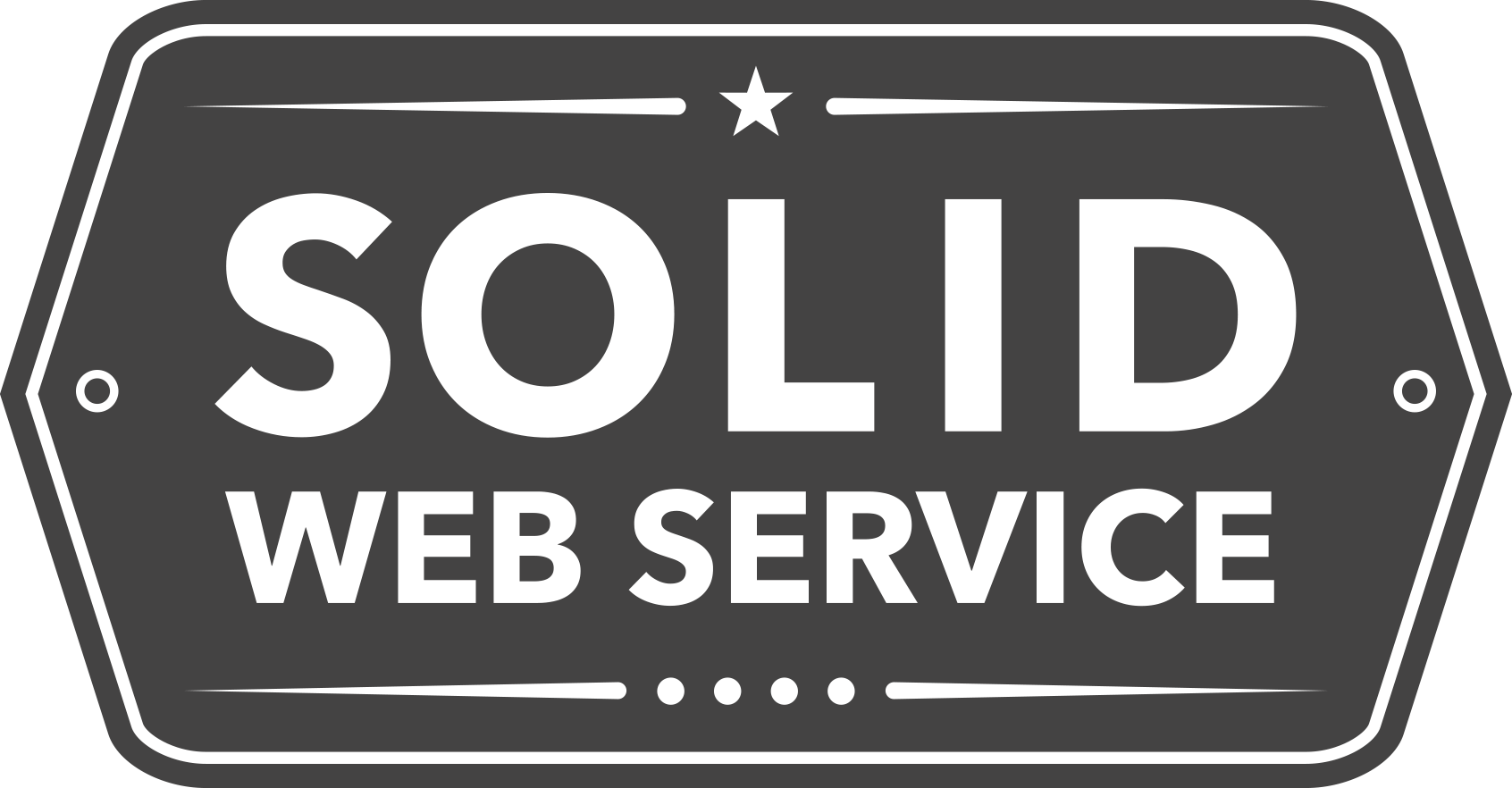As the search algorithms continue to evolve and mirror human thought patterns, we regularly encourage our clients to revisit their SEO strategy for their website content. Each page of your content should represent a normal discussion about a different aspect of your business. Why?
Today’s Google rankings are not a collection of “good” content stuffed with popular keywords. They are lists of the web pages with content that best satisfies the user’s search. Google only cares about your website’s content when it answers a searcher’s question.
Google is sophisticated enough to tell the difference between a site that is trying to rig the SEO process over one that answers questions for a specific audience. That’s why we say in the SEO Strategy & Consulting section of our website, “winners have a strategy; Everyone else gets left behind.”
"Today's Google rankings are not a collection of 'good content' stuffed with keywords."
Why an SEO Strategy May Fail
A failing SEO strategy starts out like this:
- Find high-volume, low-competition keywords and phrase in the client’s industry
- Build content around the keywords with the recommended number of words
- Launch the page and report the traffic that’s rolling in
Anyone who’s not trying to sell SEO services will tell you the approach above, at best, is hit or miss. A well-ranking page creates warm-fuzzies for a little while. But what happens when the page doesn’t generate qualified business leads? Frustration sets in and content campaigns grind to a halt. The SEO company says their apologies and ride off into the sunset with the client’s check.
If your website strategy relies on traditional SEO signals to create and then rank your content higher, you may be trying to sell old fish to a savvy customer. Signals like PageRank and keyword usage are hugely important, but they miss the point of where the future of SEO is heading. Otherwise technically sound pages will stagnate. The traffic will go to the pages with fresh ideas, shared where their target audience can be found and are structured for the devices their target audience uses. Rushing into an "SEO Campaign" often is the same as saying, "how can we make this old fish smell good enough to sell?"
"How can we make this old fish smell good enough to sell?"
What Does the Future Hold?
So if we are throwing out the old fish, what do we do next? In the latest Ranking Factors Expert Survey, MOZ (respected inbound marketing and analytics software company) asked over 100 search marketers to rate the factors they see changing in significance in Google’s algorithm. The results showed most traditional SEO features were expected to hold steady or decrease in influence. However, user-based features were expected to increase.
When your site visitor reads a piece of content that gets them excited, it first answered all their questions, honestly addressed their concerns and motivated them to act. In short, people will forget boring content, but they will remember a site that gave them a positive experience.
"User-based features are expected to increase."
Optimizing for the User-Based Experience
So the bad news is the rules for optimization have changed. The good news is now they are better. Optimizing content for how users are actually using the page is fantastic. Business owners don’t have to try to figure out how the search engines will interpret their pages. Now, they are asked to simply tell the story of who they are, what they do and why they matter.
In his last blog as Moz’s Director of Audience, Cyrus Shepard suggested the factors to focus on in today's SEO strategy include:
1. Page matches the searcher’s intent
In other words, the page has a high probability of being what the user is actually looking for.
2. Clickstream data impacts rankings
Clickstreams, also known as clickpaths, are the route that visitors choose when clicking or navigating through your website.
3. Task completion
The user is able to complete the task they set out to do. In other words, their questions have been completely answered.
Getting traffic into your site is only half the job. You have to deliver what they came to find. Only then will you catch the big fish! Don't worry, you probably won’t publish perfect content the first time. Developing effective content is an ongoing, evolutionary process.
If you’ve got questions about how to design a content strategy or more fully develop an existing site, contact us today for a free SOLID evaluation.

Start catching the really big fish with
a SOLID website content strategy.
Share this Post
Contact SOLID Today!
Now that you know what an SSL certificate is and how to spot one, you can make sure your web browsing and website are protected from the most common threats.
Have questions or are interested in securing your website? Contact SOLID for a free evaluation of your site and your online business strategy.
